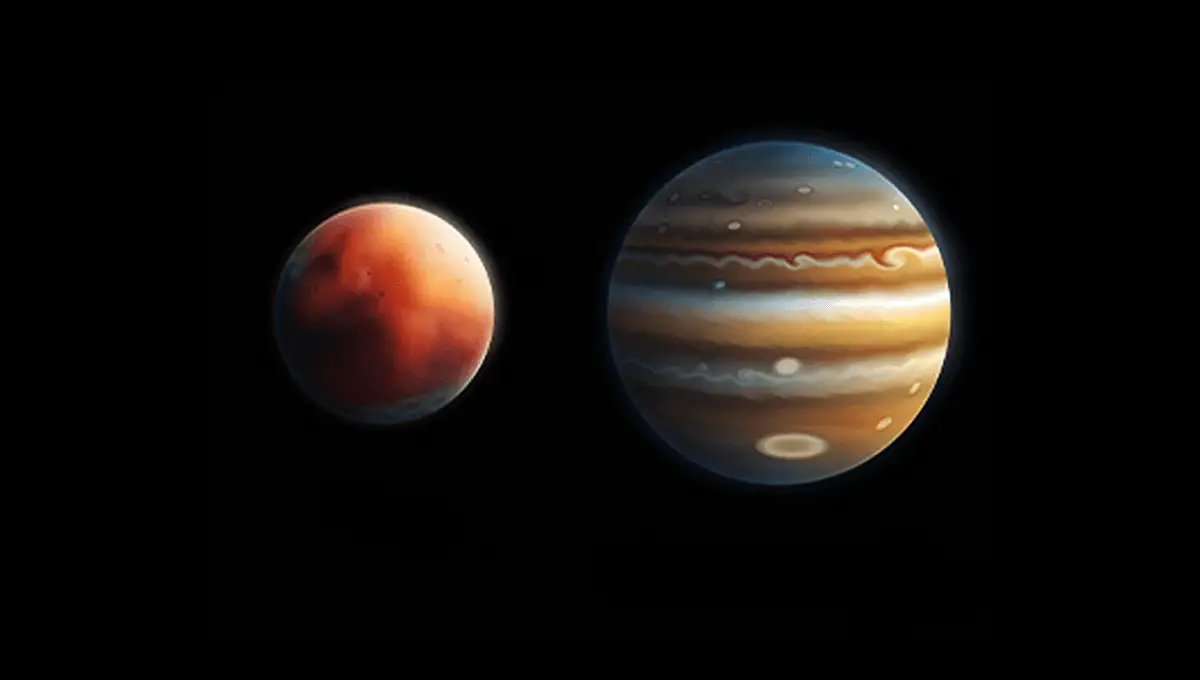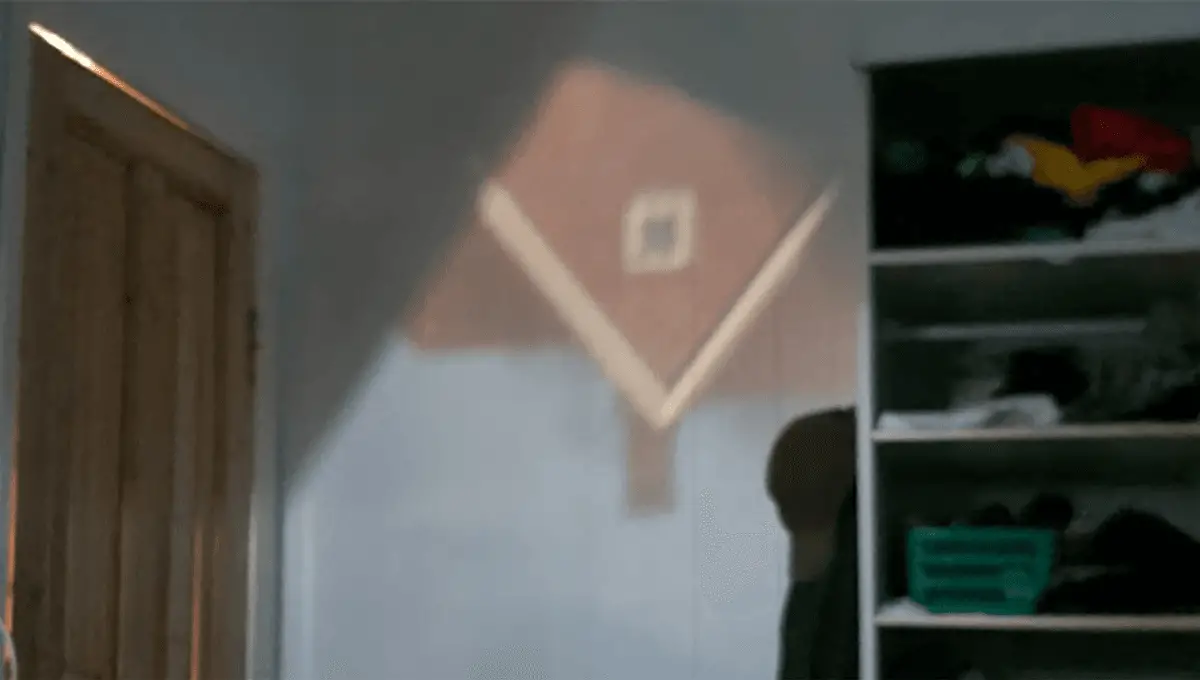On Wednesday, August 14, Mars and Jupiter will appear just 0.3 degrees apart in the sky. This is an exceptionally close passage from our perspective, and if you miss it you will have to wait until 2033 to see a closer one.
Astronomical events when two objects pass each other in the sky from our perspective are known as conjunctions. If the planets all moved in a perfectly flat plane, every conjunction between two planets would see the closer one blocking out the other. However, each planet has an orbit slightly angled relative to the others, and consequently, we see them pass somewhat to the north and south of each other. The size of that gap varies every time.
Close conjunctions make for particularly spectacular sights. When two planets are close enough to be seen in the same field of view of a telescope, as Jupiter and Saturn were in 2020, it’s a treat for amateur astronomers.
The full Moon is 0.5 degrees wide, so any field of view that can capture the whole Moon will hold this pair – not just at their closest, but for some time before and after.
Even with the naked eye, however, a close conjunction can add extra wonder to the skies, and the contrast of Martian red with Jovian white will be particularly striking. That said, Mars varies a lot in brightness, and while at its brightest it effectively ties with Jupiter, it’s currently 16 times fainter. The pair are bright enough that, clouds permitting, they should be visible from all but the most polluted cities.
Unfortunately, however, this is one sight most of the world will miss – the planetary pair is not visible in the evening from anywhere on Earth. Their exact rising time depends on your location, but is generally between midnight and 3 am. Allowing for some time to get through the thickest part of the atmosphere, seeing this is mostly going to involve getting up before astronomical twilight starts.
The moment when the two are closest will be 14:53 UTC, during daylight for Europe, Africa, west Asia, and the Americas. However, the two will appear almost as close the morning before and afterward.
Conjunctions of Mars and Jupiter occur roughly every two-and-a-bit years, but the last one was almost twice as distant, and also restricted to the morning sky. The next one will be wider still, more than a degree apart, and 2029 will barely come in under two degrees.
Close conjunctions do not necessarily mean that the physical distance between the planets is exceptionally small. Mars is less than 100 days past its perihelion (ie its closest approach to the Sun), which in a 687-day orbit puts it closer than average. Jupiter is also somewhat closer than the norm, but not exceptionally close. Since for Mars and Jupiter to be as close as possible requires Mars to be at its most distant point, and Jupiter at its closest, this one is not out of the ordinary.
When it comes to a treat for our eyes, however, this is something you will have to wait more than nine years to see as well again.




